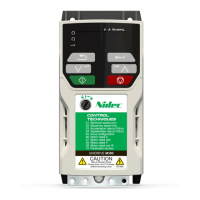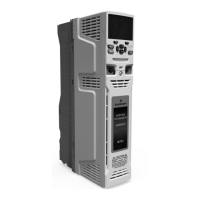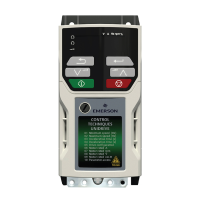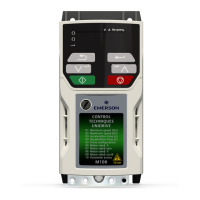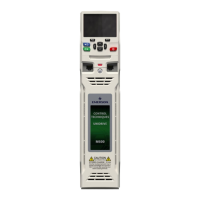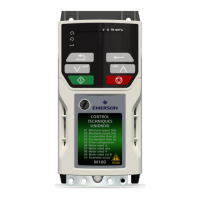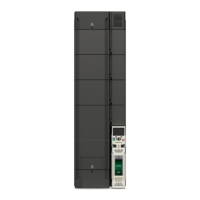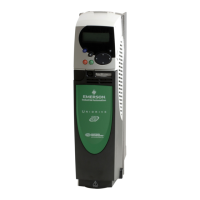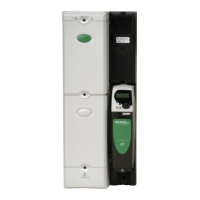SI-Ethernet User Guide 191
Issue: 1
Safety
information
Introduction
Mechanical
installation
Electrical
installation
Getting started Parameters
Key features
and Protocols
PC Applications Security Diagnostics
Glossary of
terms
Index
Hub: A method of connecting computers together on Ethernet. An un-switched hub will
repeat any data received on one port to all ports.
HTTP: Hypertext transfer protocol. This is a document specification protocol. Commonly
used in web pages.
Implicit data: See Cyclic data.
Instance: A collection of properties (Attributes) that are contained within a Class.
Used in conjunction with the Class and Attribute properties.
IP: Internet Protocol, this is the protocol used to transmit bytes across an IP network.
IP address: An address that identifies a node uniquely on a subnet or network.
IP subnet: A part of an IP network that consists of a range of addresses that may be
accessed by all devices on the same network directly.
LED: Light Emmiting Diode.
Long word: A 32 bit data word that may be signed or unsigned.
LSB: Least Significant Bit/Byte.
MAC address: This is a unique address that is assigned to the Ethernet interface at the
time of manufacture. No other device will have this address. The address is used to
make connections to the interface before the IP address is assigned.
MBAP: Modbus application protocol. This is a 7 byte header added to the main Modbus
telegram (PDU) which contains IP specific identifiers.
Modbus IP: A protocol that allows Modbus to be sent over TCP/IP. The modbus
protocol allows manipulation of the parameters within the host drive and option
modules.
MSB: Most Significant Bit/Byte.
Node: A device on the network. This may be either a device such as a drive or part of
the network such as a repeater.

